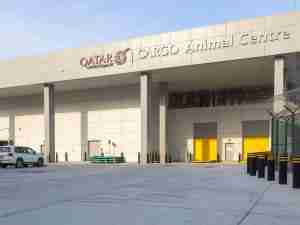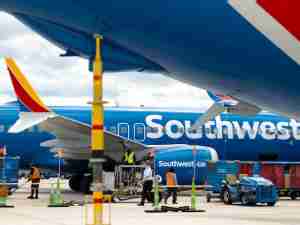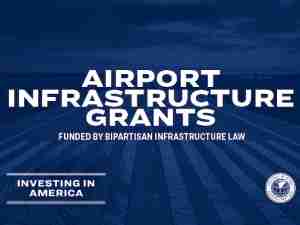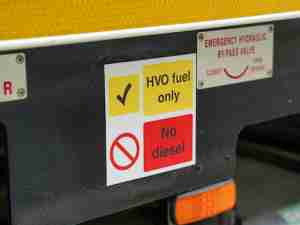The United States Department of Homeland Security will soon be announcing the expansion of its program for the testing of air cargo screening technologies to three sites, the American Journal of Transportation learned. The third site, which has not yet been disclosed, will be added to test beds already in operation at the San Francisco and Seattle-Tacoma International Airports.
The Sea-Tac program, which opened earlier this month, is part of DHS's $30-million Air Cargo Explosives Detection Pilot Program (ACEDPP.) The purpose of the Sea-Tac testing is to better understand the technological and operational issues associated with detecting hidden persons and explosives that could be secreted in air cargo and will be testing several specific technologies.
Currently, all passenger luggage is screened for explosives. But most cargoes carried in the bellies of commercial passenger flights are not. Worldwide, about half of all air freight is carried on passenger planes, with the rest on cargo-only planes, according to Air Cargo Management Group, a Seattle-based research and advisory firm. Sea-Tac Airport is the country's 28th busiest cargo airport, handling about 64,000 metric tons of commercial cargo on passenger planes annually.
Launched in June 2006 at the San Francisco International Airport, ACEDPP will provide critical knowledge to help the Transportation Security Administration make future decisions on air cargo, according to DHS spokesperson Larry Orluskie. The program will also assist in technological research and development planning for the nation's air cargo security infrastructure. DHS is interested in data that illustrates the economic and operational impacts to air carriers from enhanced screening levels.
ACEDPP is a collaboration between the Department of Homeland Security's Science and Technology Directorate and the Transportation Security Administration. Other organizations involved in the tests are the Pacific Northwest National Laboratory, the Lawrence Livermore National Laboratory, the Oak Ridge National Laboratory, and TSA's Transportation Security Laboratory. DHS's Science and Technology Directorate is the lead agency running the project.
The ACEDPP pilot at that the San Francisco International Airport uses powerful devices that have detection capabilities comparable to computed tomography, or CT, scan machines, according to airport spokesperson Denis Richardson. "You can pick out virtually anything and say this is a gun, this is a shoe," he said.
The program as implemented in Seattle will focus on assessing the flow of air cargo and the pace at which it must be screened. Researchers from DHS began observing air-cargo operations at Sea-Tac in September, Orluskie said, "trying to model the rhythms of airport activity." He added that the actual testing began earlier this months and will likely run through the summer of next year.
The SeaTac program will also be evaluating several specific technologies, different form the ones now in use in San Francisco, according to Orluskie. These are:
- Megavolt CT scanning, which utilizes a narrow fan beam of high energy x-rays of between six and nine megavolts that is projected, or pulsed, through an object. The x-ray measurements are then digitized and an image is reconstructed and displayed as a two-dimensional image on the system's computer screens. The high energy x-rays are required in order to penetrate the densely stuffed cargo containers.
- Pulsed fast neutron transmission spectroscopy, which points and pulses a neutron beam at the target cargo to identify materials based on their radiation absorption properties.
- Pulsed fast neutron analysis, a system which uses a pulsed beam of fast neutrons to interrogate the contents of small volume elements of a cargo container. The neutrons interact with the contents and gamma rays characteristic of the elements encountered in the cargo are collected by detectors. The various elements emit specific signals and those, combined










